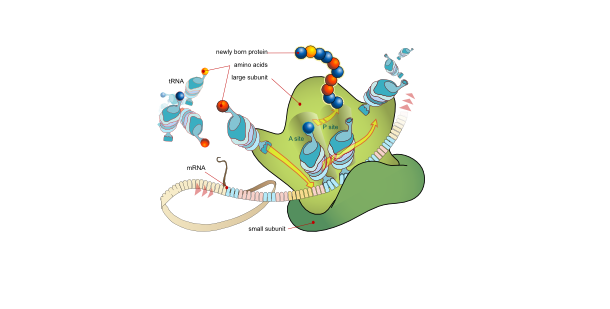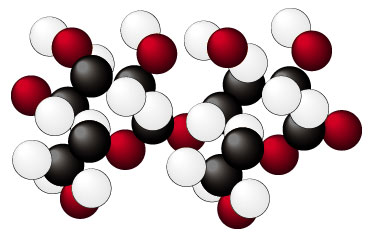Kinetic and Potential Energy Energy can take on many forms, two of them being potential and kinetic. Energy is measured in joules (J) which is equivalent to Newton meters (N*m).…
read moreSpecific patterns of certain elemental characteristics are present in the periodic table. The tendencies of these patterns increase or decrease as you move along the columns and rows of the…
read moreOne of the criteria that are judged during the SAT writing portion is the length of the essay. There are many people who took the test that find it hard…
read moreTwo events are mutually exclusive if they cannot occur simultaneously. Here are some examples of events which are mutually exclusive: Turning left and turning right are mutually exclusive because you…
read moreTranslation is the process in which RNA is used to create protein. It occurs in the cytoplasm of the cell after the mRNA leaves the nucleus (in eukaryotes). Initiation –…
read moreAn event is a collection of possible outcomes. For example, the act of dolling a dice is an event. The collection of possible outcomes is that you will roll a…
read moreThe wave is a new concept for most students. When there is only one wave, you only need to worry about four things: wavelength, frequency, amplitude and velocity. Wavelength is…
read moreThere are four important rules you must always remember when solving questions dealing with exponents. Rule One: When you multiply two exponents with the same base, add the exponents. Examples…
read moreMacromolecules are any molecules which contain a very large number of atoms. There are four main classifications of macromolecules: carbohydrates, lipids, nucleic acids, and proteins. Carbohydrates Carbohydrates are organic…
read moreA ratio is a simplified comparison between two or more components. For example, if a person A, and a person B is going to start a business. They don’t know…
read more









